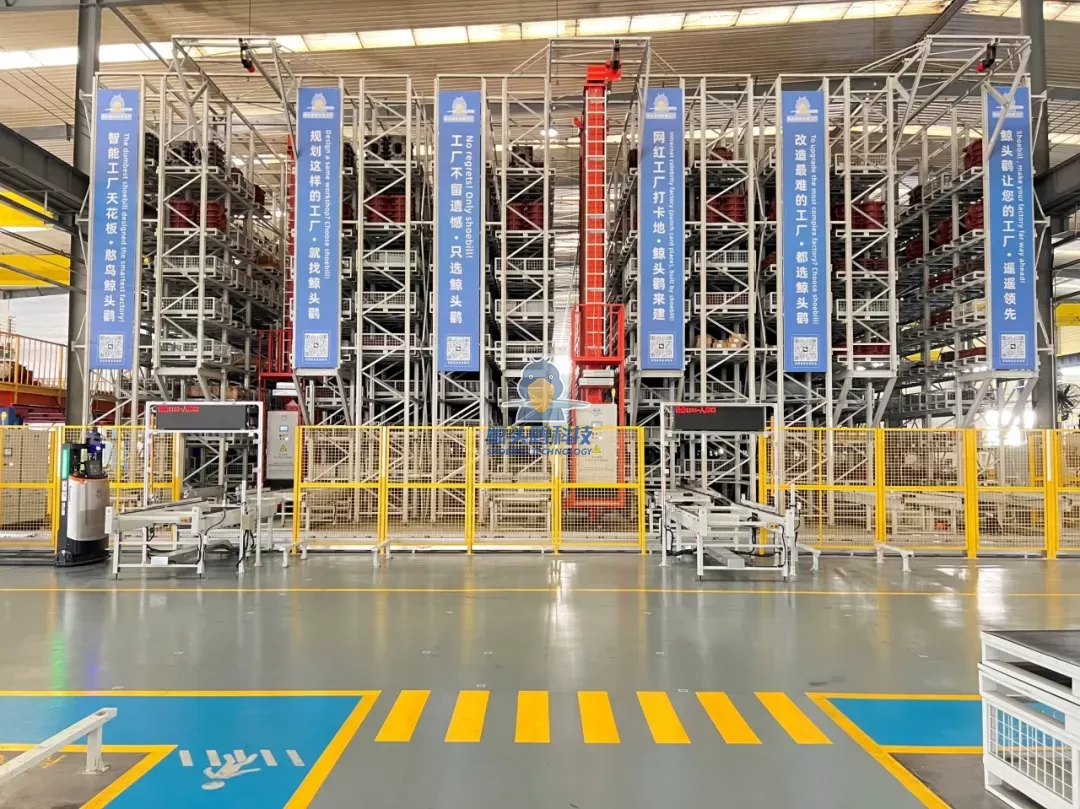Mergers and acquisitions (M&A) can be transformative for companies, offering opportunities for growth, market expansion, and increased competitiveness. However, the success of such endeavors is not guaranteed. To ensure a successful merger or acquisition, companies must navigate a complex landscape of strategic planning, due diligence, cultural integration, and post-merger execution. In this article, we will explore key strategies that companies can employ to maximize the chances of a successful M&A.
- Define Clear Objectives and Strategy:
Before embarking on a merger or acquisition, it is crucial for companies to define clear objectives and develop a comprehensive strategy. This involves identifying the rationale behind the deal, such as accessing new markets, acquiring complementary technologies, or achieving cost synergies. By establishing a well-defined strategy, companies can align their efforts and make informed decisions throughout the M&A process. - Conduct Thorough Due Diligence:
Effective due diligence is essential to uncover potential risks, liabilities, and opportunities associated with the target company. This process involves conducting a comprehensive analysis of the target's financials, operations, legal obligations, intellectual property, and market position. Thorough due diligence helps companies assess the compatibility of the target with their own organization, identify potential integration challenges, and make informed valuation decisions. - Cultural Integration:
Successful mergers and acquisitions require careful attention to cultural integration. Companies must recognize and address cultural differences between the acquiring and target organizations. This involves fostering open communication, establishing shared values, and promoting a collaborative work environment. By proactively managing cultural integration, companies can minimize employee resistance, retain key talent, and create a unified and motivated workforce. - Develop a Robust Integration Plan:
A well-designed integration plan is crucial for a successful merger or acquisition. This plan should outline the steps, timelines, and responsibilities for integrating the two organizations. It should address key areas such as organizational structure, systems integration, process harmonization, and talent management. By developing a comprehensive integration plan, companies can streamline operations, capture synergies, and minimize disruptions to business continuity. - Effective Leadership and Communication:
Strong leadership and effective communication are vital during the M&A process. Leaders must provide clear direction, inspire confidence, and actively engage employees at all levels. Transparent communication helps manage expectations, address concerns, and build trust among employees. By fostering a culture of open communication and providing strong leadership, companies can navigate the challenges of a merger or acquisition more effectively. - Post-Merger Evaluation and Adjustment:
Even after the completion of a merger or acquisition, the work is not done. Companies should continuously evaluate the progress and performance of the integrated organization. This involves monitoring key performance indicators, identifying areas for improvement, and making necessary adjustments. By actively managing the post-merger phase, companies can ensure that the intended benefits of the M&A are realized and make any necessary course corrections.
Conclusion:
Mergers and acquisitions can be complex and challenging endeavors, but with careful planning and execution, companies can increase the likelihood of success. By defining clear objectives, conducting thorough due diligence, managing cultural integration, developing a robust integration plan, fostering effective leadership and communication, and continuously evaluating and adjusting post-merger, companies can navigate the M&A landscape with confidence. Embracing these strategies will help companies unlock the full potential of their mergers and acquisitions, driving growth and creating value in an ever-evolving business environment.












+ There are no comments
Add yours